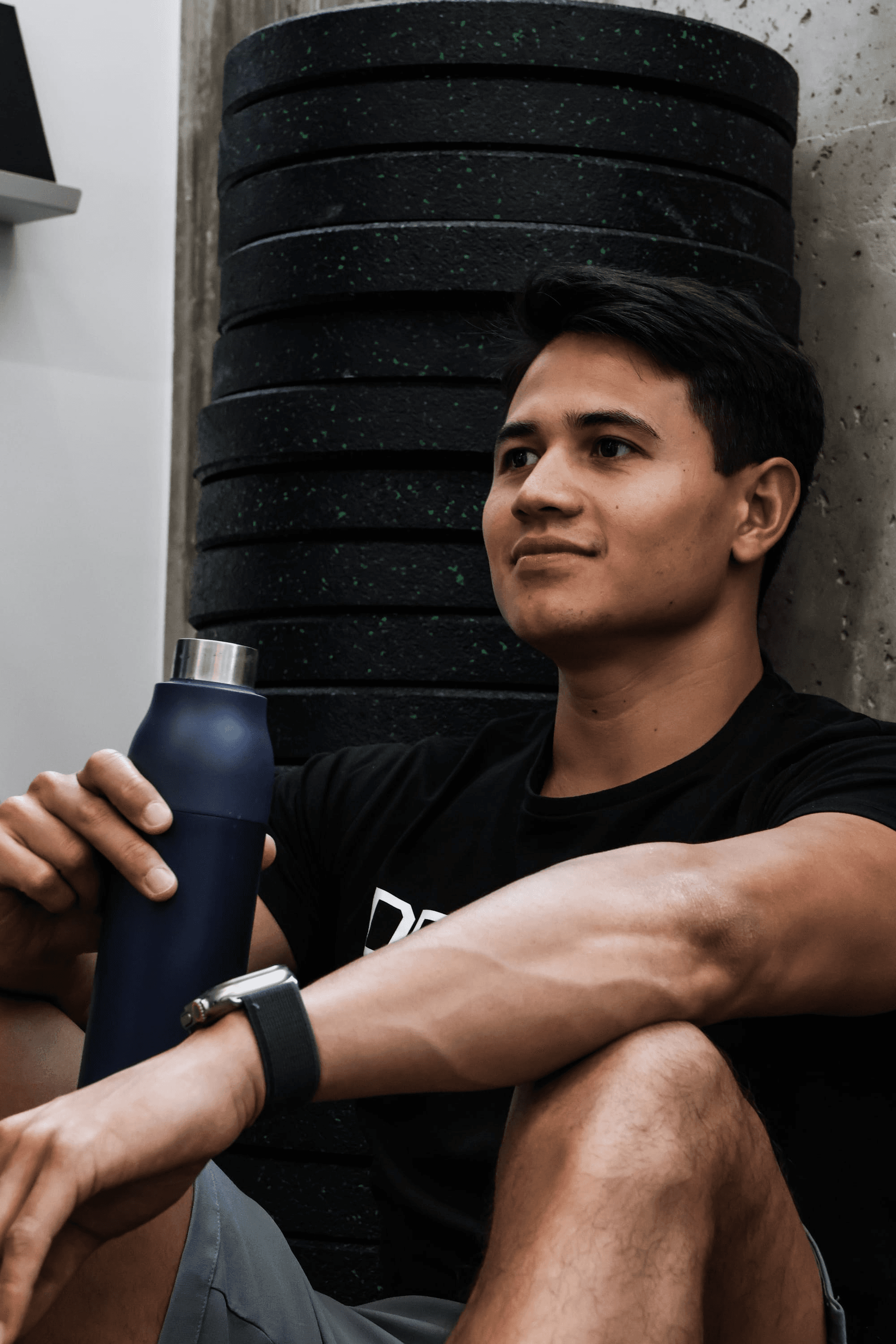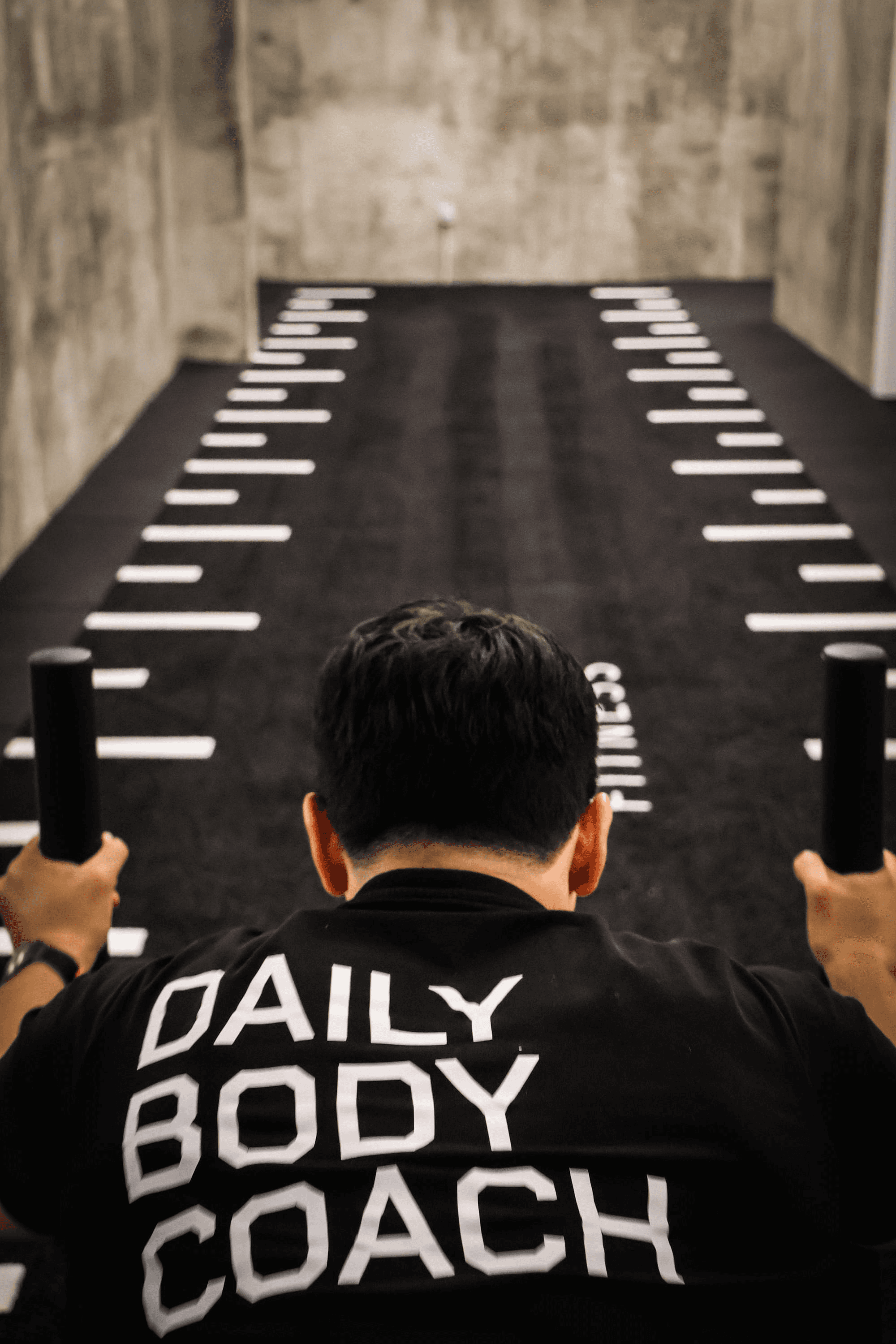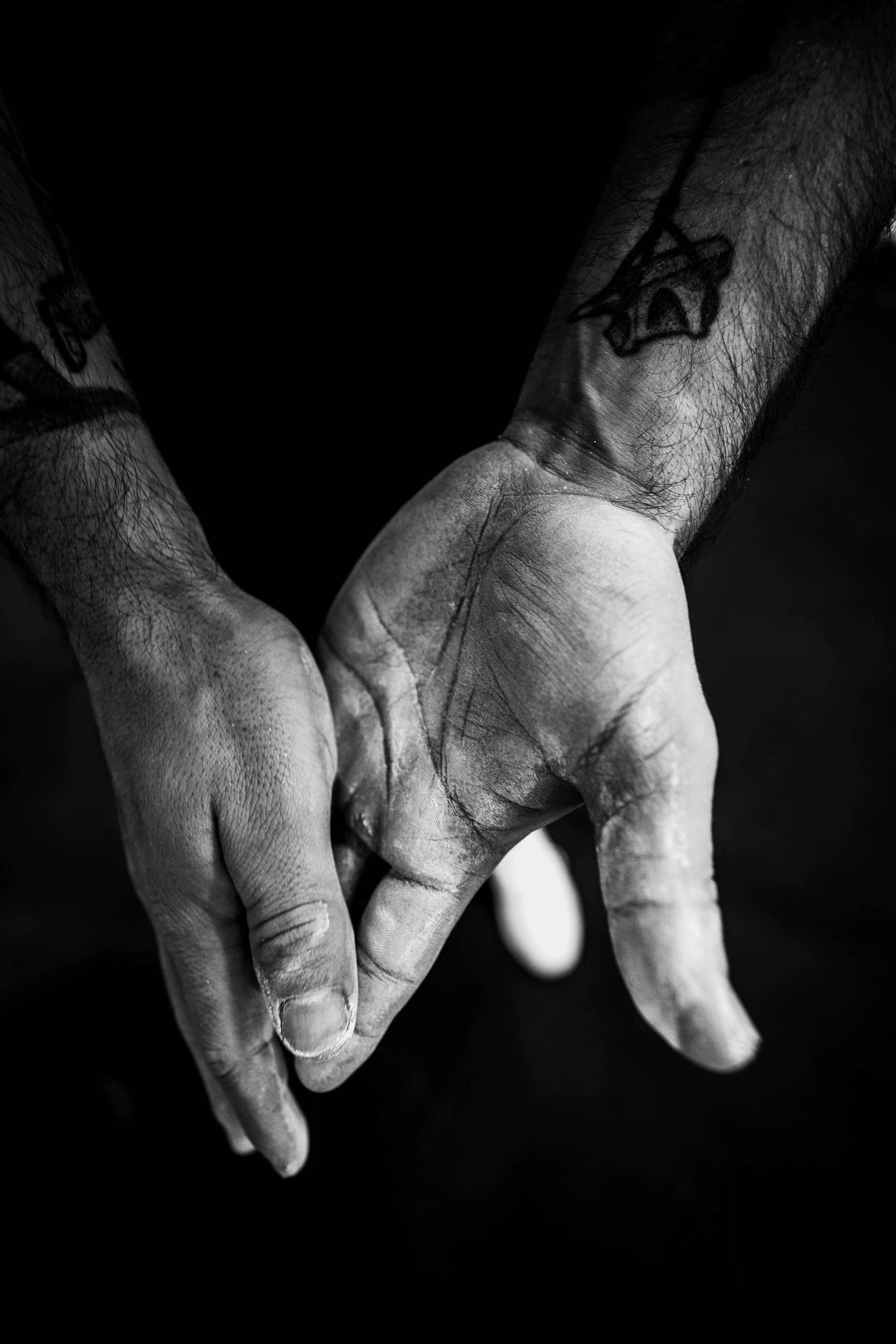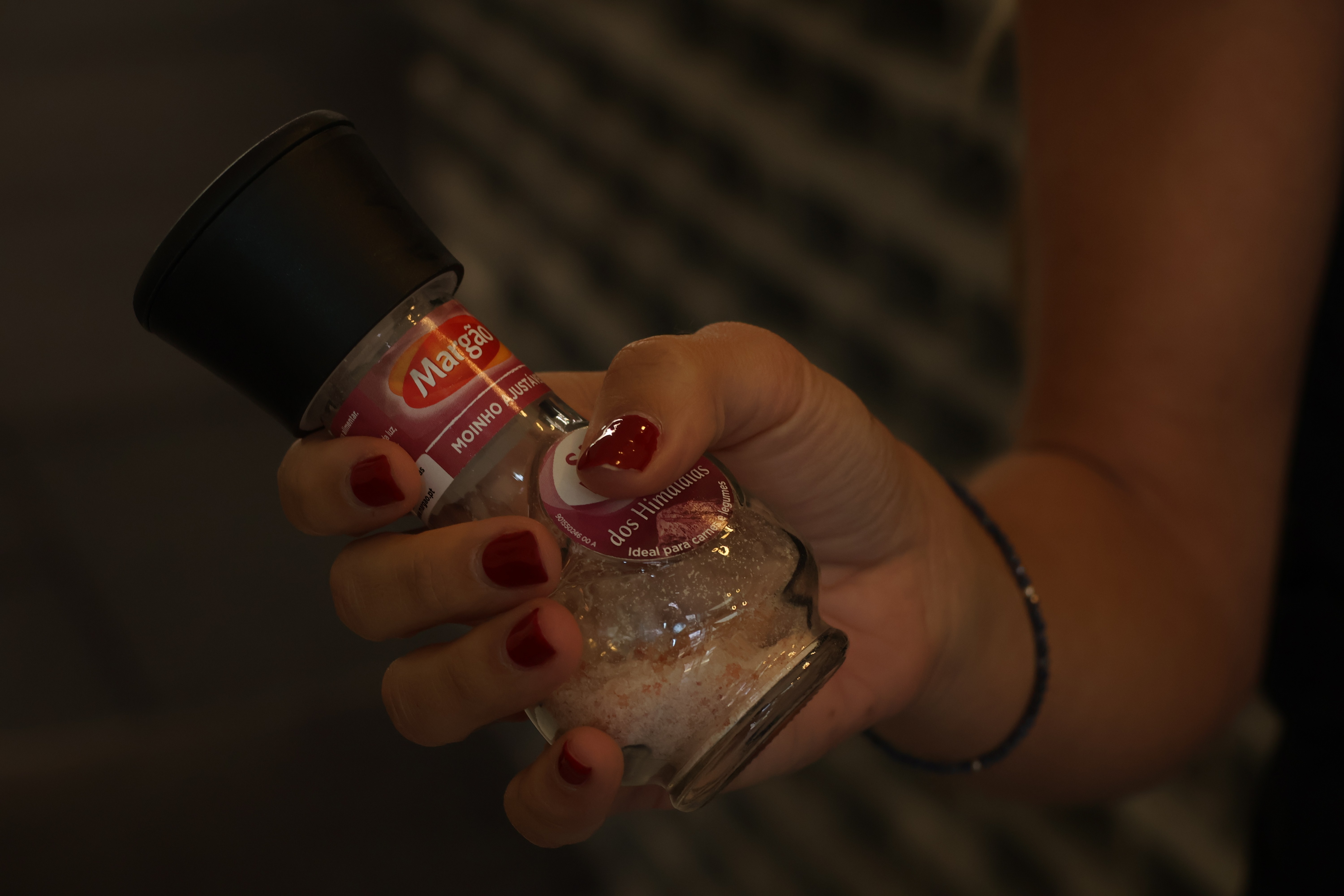3
min read
The term "electrolytes" may sound familiar from sports drinks, but their importance goes far beyond just exercise. These substances conduct electricity when dissolved in water, playing a critical role in chemical reactions within your cells. If this sounds overwhelming, let us break it down for you!
What are the main electrolytes?
Electrolytes are mineral salts that can be obtained through food and beverages. The most common and significant are:
Sodium – the salt we use for cooking is rich in this mineral and therefore, food with high amounts of salt are too
Potassium – found in vegetable products such as beans, potatoes, spinach and bananas
Magnesium – generally, foods that are high in fibre, are also high in magnesium (green leafy vegetables, such as spinach, nuts, seeds, and whole grains are good examples)
Phosphates – present in most animal products (e.g. meat and dairy), as well as grains, nuts and legumes
Chloride – like sodium, large quantities can be found in table salt
Calcium – mainly found in dairy products like milk, yoghurt and cheese
Why are they important?
Electrolytes work in a delicate harmony. When their levels are balanced, your body functions smoothly. However, imbalances can become quite common, especially in hot weather and after exercise (since they are lost through sweat and urine) and can lead to a lot of issues, especially:
Dehydration
An often undervalued and dangerous condition – losing only 1% of your body weight in water can have serious consequences such as dizziness, fatigue, and headaches.
Although dehydration can occur for various reasons, in healthy individuals it mostly comes from excessive sweating (e.g. from exercising in warm and dry environments). Our bodies are pretty good at replacing our loss of water but electrolytes are often forgotten. When this happens, water isn’t absorbed into your cells, it ends up being expelled through urine (which also leads to a loss of electrolytes). This cascade can be dangerous, especially if you exercise a lot and are not conscious about electrolytes.
Muscular and nervous impairments
We need electrolytes to perform daily tasks like sitting on a chair or lifting a grocery bag.
When we decide to do one of these tasks, our brain sends a message to our muscles, telling them to start moving. In order to do this, your muscles need Calcium.
Just like other electrolytes, Calcium plays an important role in nervous signalling (the messages our brain sends to our muscles) - without it, we wouldn’t be able to move and think properly.
Imbalances in these mineral levels are frequent and can manifest as muscle cramps, weakness, and fatigue. If these symptoms are common to you, talk to a professional and get some blood work done.
How much do I need?
The exact amount of electrolytes that you need is individual. If you’re working out frequently and you consider yourself a heavy sweater, try to run some tests to understand how much water and salts you’re losing in your sessions.
Let’s take sodium as an example. To figure out how much of this mineral you lost in your workout session, you’ll need:
A kitchen scale
A regular scale
A water bottle
First, start by figuring out how much water you lost - weigh yourself and your bottle before and after exercising and do the maths with this formula:
(Weight loss during exercise (Kg) + Amount of water you consumed (Kg)) / Duration of your session (hours)
Now, sweat typically contains 0.92-1.38g/L of sodium. If you lose 1.5L of water in your session, you should look to replenish 1.38-2.07g of sodium.
So, do I need a supplement?
Probably not.
Remember we can get electrolytes from our food and beverages? That’s what you should always focus on first - ensuring you get all the nutrients you need through a diversified diet.
Think of supplements like a safety line when hiking: they’re there for you, but hopefully you won’t need them.
At Daily Body Coach we work with certified professionals who ensure you have everything you need for long-term health and performance. Book a quick call with us and let’s get you started!













